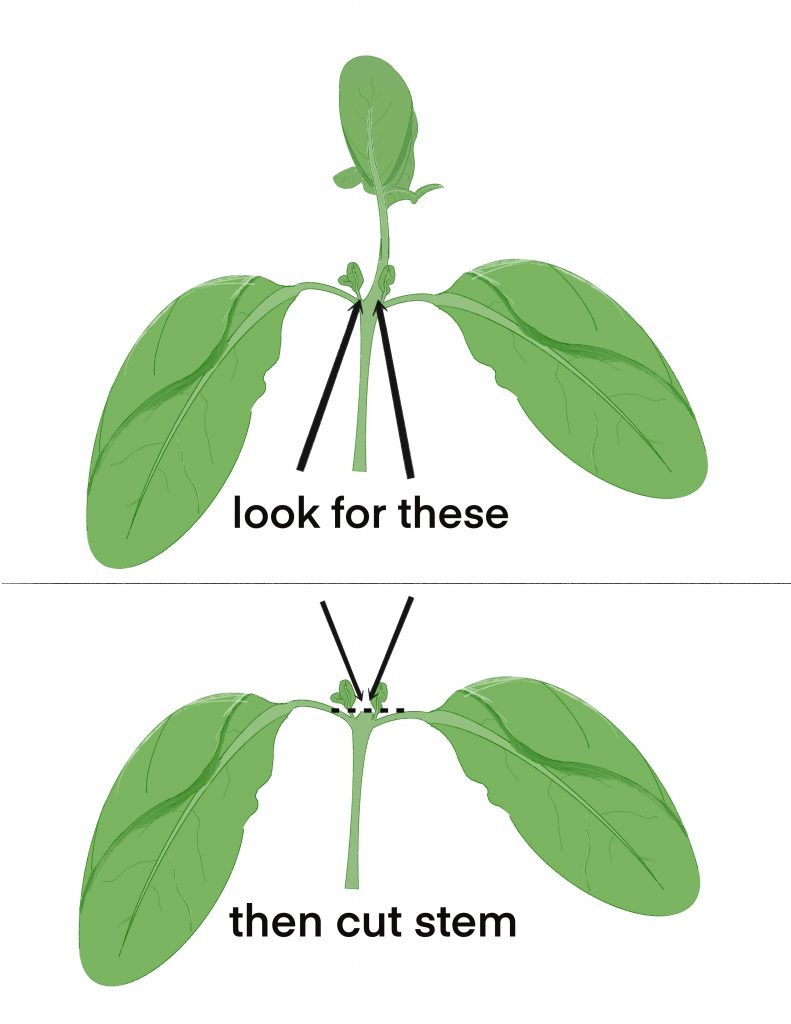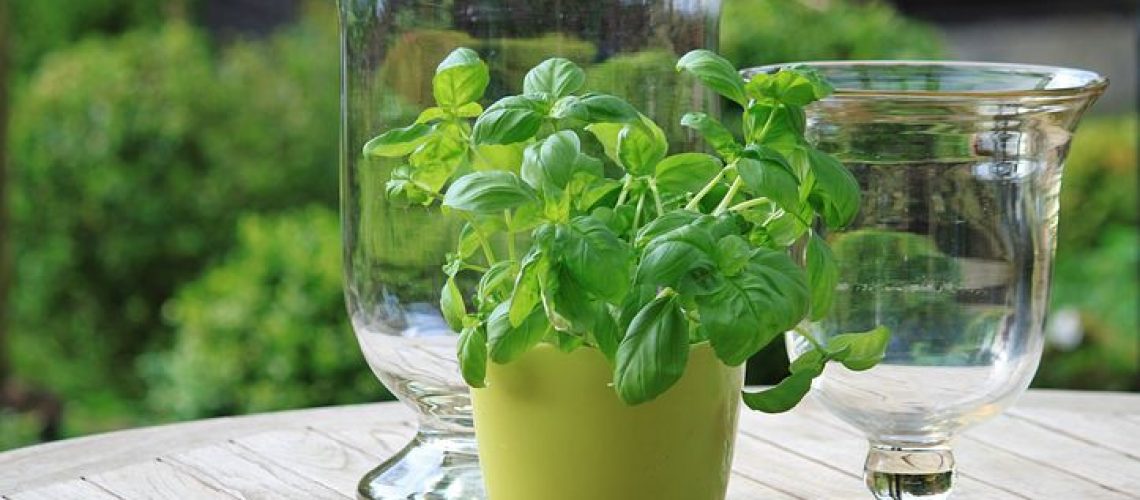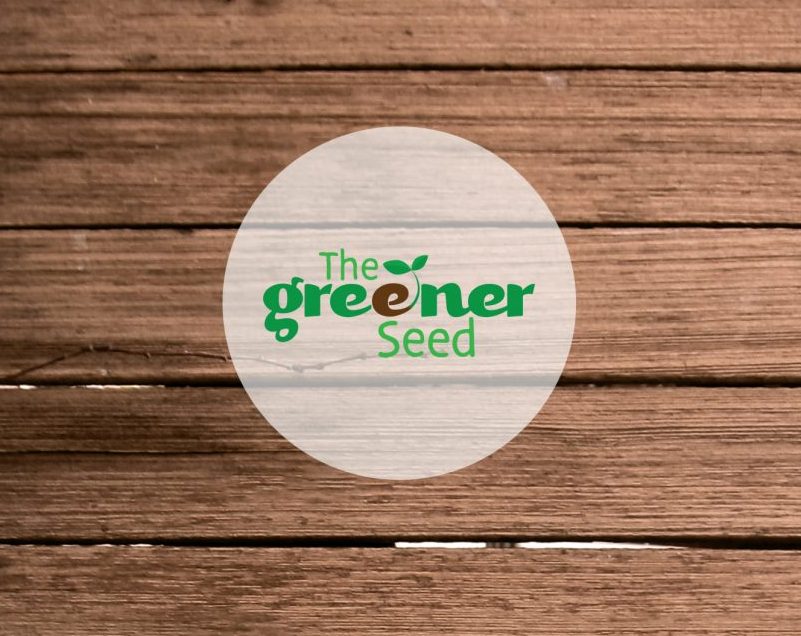Sweet basil varieties are a few among about 150 basil varieties. Each variety has its own unique healing properties, flavor, smell, and use. Sweet basil varieties include Genovese, Emily, Mammolo, Napoletano, Italian Large Leaf and Lettuce Leaf. Emily basil is a compact version of the Genovese, having shorter lengths between the leaf nodes, making it ideal for pots. Mammolo Basil is another great container variety that’s been bred to have a high leaf to stem ratio. Sweet basil is a staple in Mediterranean (mainly Italian) cuisine.
Appearance
- stems are hairless
- leaves edges are smooth
- leaves tend to bend more downwards
- basil flowers are always white
- 14 to 30 inches tall
- prolific in hot, sunny locations
Taste
- peppery, with a background of clove
- younger leaves (on top of the herb) are tastier than older leaves
- best consumed raw (heat and oxidation turn it black)
Benefits
- provides an excellent source of vitamin K, manganese, iron, vitamin A, vitamin C, calcium, magnesium, and omega-3 fatty acids
- treats migraines
- soothes muscle aches
- helps cuts and skin infections
- relieves itching from insect bites
- aids in digestion, upset stomach
- acts as anti-inflammatory
- combats colds, coughs, asthma, bronchitis
- fights free radical activity
- helps with depression, anxiety,
nervous conditions - manages diabetes
- supports the liver
- detoxifies the body
Planting
Basil plants are sensitive to frost, and prolonged exposure to temperatures below 50 degrees Fahrenheit can harm or kill the plant. Start seeds 6-8 weeks before the last frost in spring. For a head start, sow seeds a quarter of an inch deep in a small pot or jiffy peat pod, or use the paper towel method, and then transfer to a pot once seeds sprout in about 7-14 days.
Seeds may also be sown directly in soil when temperatures rise above 60 degrees F. Mix soil with compost to prepare the garden planting area. Basil will still grow even if soil isn’t great; but compost will definitely help the herb take off. Cover seeds with 1/4 inch of loamy soil. Keep the soil moist; water lightly until seeds root and sprouts become more resistant to disturbance.
Location
Basil plants need a warm and sunny spot to thrive. Six to eight hours of direct sunlight is ideal. Basil does best when soil and air are warm. Be conservative about when to move plants outside in the spring; make sure the weather will be consistently warm. Basil will grow in partial shade, however its flavor will be more developed in full sun.
Caring for Basil
Basil copes with little water, however, does not like water logging and will not survive frost. Basil does best in moist soil, but when overwatered, the roots can rot and the plant can die. The first signs you may see above the soil are yellow and drooping leaves. Always put your finger about an inch into the soi to test for moisture; do not rely on eyeballing the top of the soil.
Growing Indoors
Genovese, Emily, and Mammolo varieties are extremely easy options if you are planning to grow them in pots indoors.
Harvesting
Prune plants to harvest leaves before herb starts to flower. Harvest the leaves from the top down. Cut above each node (leaf pair) on a stem rather than leaving a stub. Leave 4″-6″ of the plant above the ground. Basil grows rapidly. After a major pruning, the herb will be ready for harvest again in a few weeks.

Prune with care since leaves bruise easily. Use soon after harvesting, or store cuttings in a jar of water to extend shelf life. Cuttings may even root and produce a new plant. If you want to encourage leaf-growth, and delay the death of your basil plant, you need to deadhead your basil often, especially when you see flowers.
End of the Season
Sweet basil is an annual; that means it needs to be replanted every season. At the end of its life, the basil plant will flower and set seed. When plants bolt, you can easily save seeds. Basil plants can live up to a year; however in cold climates, they will die from severe temperature drops, even before they set seed. You may want to allow one of your Basil plants to bolt before temperatures drop so you can save seeds for the following season.


